What is the Closing Disclosure form?
The Closing Disclosure is a crucial document that outlines the final terms of a loan and the total closing costs associated with it. Borrowers receive this form typically three days before closing. It allows you to compare these final terms with the loan estimate provided earlier. Key details include the loan amount, interest rate, monthly payments, and a breakdown of all closing costs, helping you understand what to expect during the closing process.
When do I receive the Closing Disclosure?
You should receive your Closing Disclosure at least three business days before your closing date. This advance notice gives you time to review the document and ask your lender any questions. If any changes occur, such as an increase in the fees or loan terms, your lender is required to provide a new disclosure and may extend this waiting period.
What information can I find on the Closing Disclosure?
The document contains various sections detailing the loan information and closing costs. It includes transaction information, loan terms, estimated monthly payments, a summary of transactions, and detailed closing cost breakdowns. You will also find information about any escrow accounts if applicable, along with additional information about your loan terms.
How do I compare the Closing Disclosure to the Loan Estimate?
The Closing Disclosure allows you to directly compare final costs and loan terms with the Loan Estimate you received earlier. Key figures to look at include the loan amount, interest rate, monthly payment, and total closing costs. Any significant discrepancies should prompt you to discuss them with your lender to ensure you understand the changes.
What should I do if I notice errors on my Closing Disclosure?
If you find any inaccuracies, it’s essential to address them immediately with your lender. You can contact them to discuss the errors, as correcting misinformation may affect your loan terms and closing costs. Open communication with your lender is vital to ensure that everything is accurate before you sign the final documents.
What are closing costs, and how are they calculated?
Closing costs encompass various fees that you need to pay at the closing of a property purchase. They can include loan origination fees, appraisal fees, title insurance, and government recording charges, among others. These costs can vary based on the loan type, property location, and other factors, and will be clearly listed in your Closing Disclosure. Generally, you should anticipate that closing costs will amount to 2-5% of the purchase price.
What is meant by "Cash to Close" on the Closing Disclosure?
"Cash to Close" refers to the total amount you will need to bring to the closing meeting. This sum includes your down payment, closing costs, and any other fees not covered by the seller or financed by the loan. The Closing Disclosure provides a detailed account of this amount, making it easier for you to prepare financially for closing day.
Can I still negotiate any of the costs listed on the Closing Disclosure?
While many of the costs may be fixed, it is possible to negotiate some items prior to closing. Items like lender fees, the settlement agent's charges, and even certain third-party fees can sometimes be discussed. If you have concerns about any particular charges, reach out to your lender as soon as possible to inquire about adjustments.
What happens if I miss a payment after closing?
If you miss a payment after closing, your lender may charge a late fee and report the missed payment to credit bureaus. According to your Closing Disclosure, if you're late by more than 15 days, a penalty of 5% of the monthly principal and interest may apply. Understanding your obligations and keeping an open line of communication with your lender is key to avoiding negative repercussions.
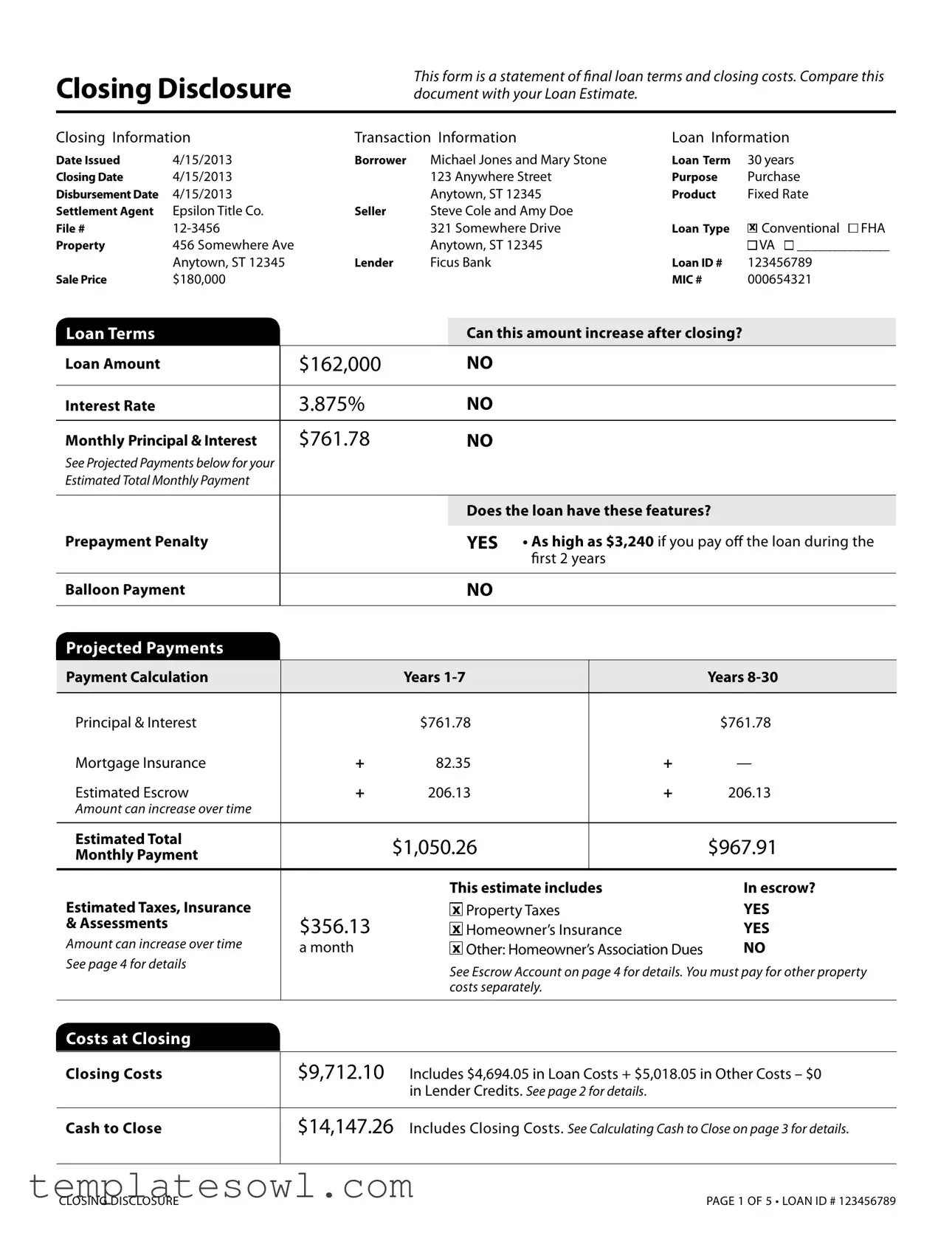


 FHA
FHA 
 VA
VA 
 _____________
_____________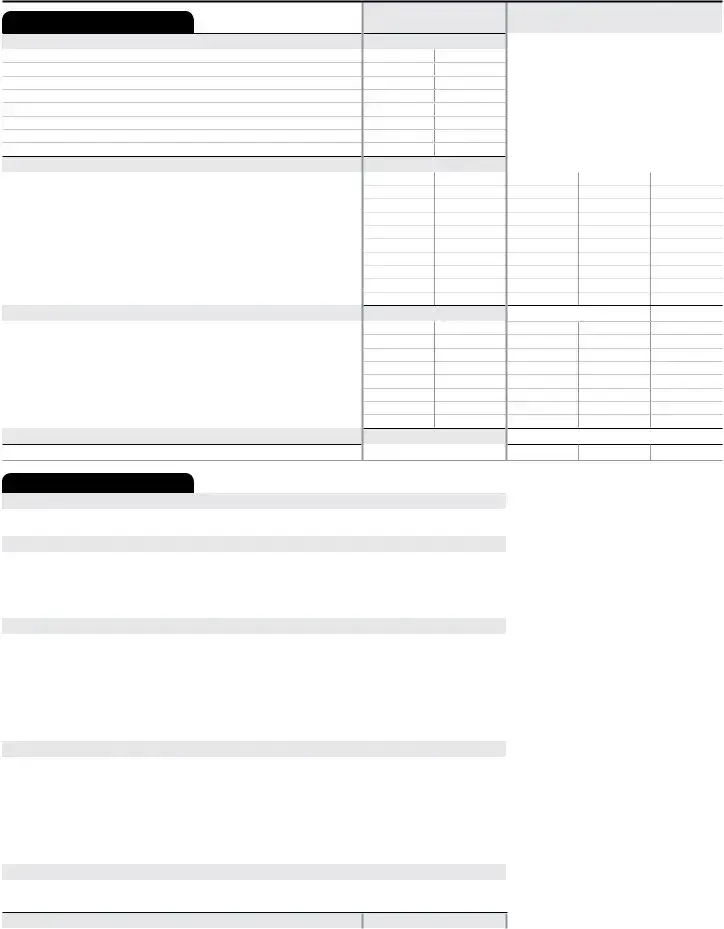
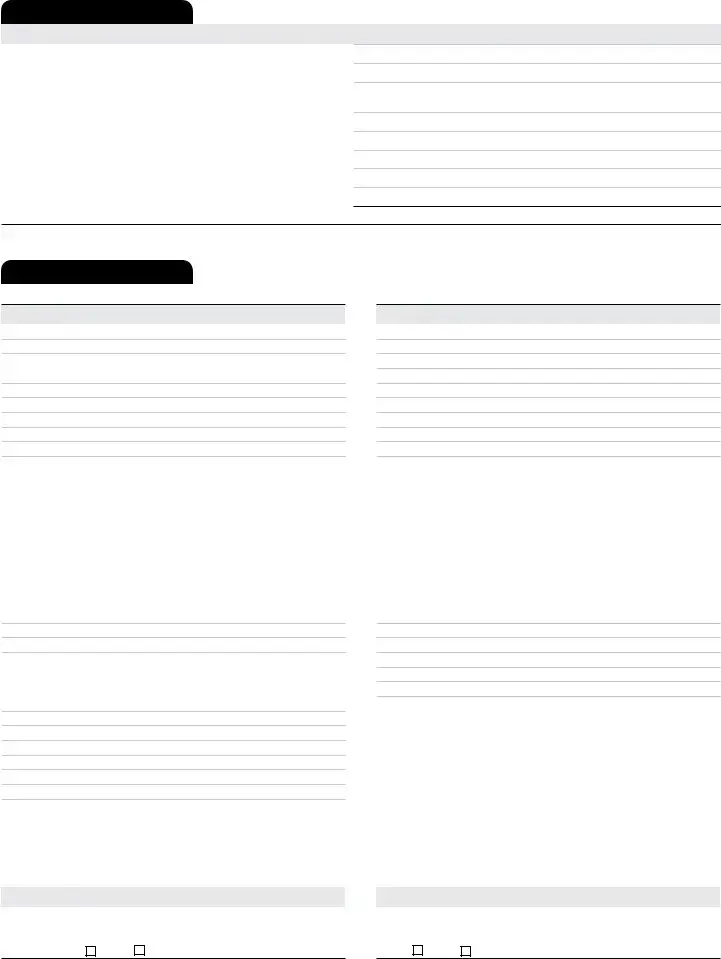
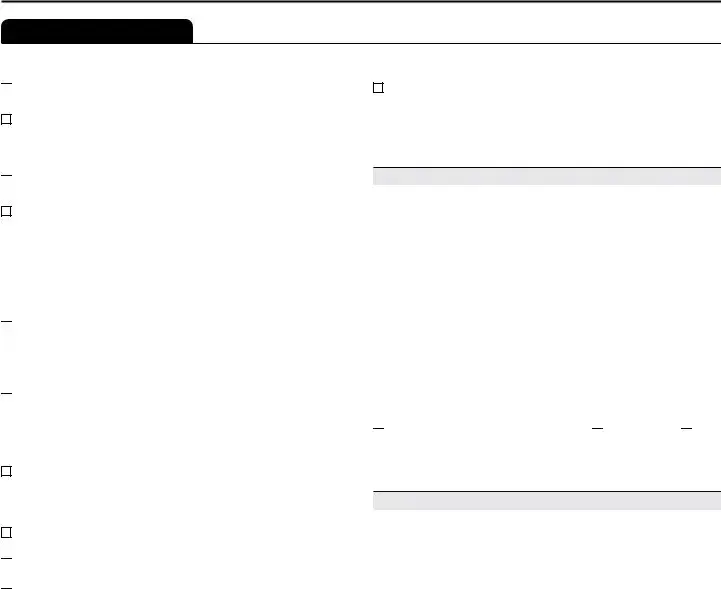

 will allow, under certain conditions, this person to assume this loan on the original terms.
will allow, under certain conditions, this person to assume this loan on the original terms.
 has a demand feature, which permits your lender to require early repayment of the loan. You should review your note for details.
has a demand feature, which permits your lender to require early repayment of the loan. You should review your note for details.
 are scheduled to make monthly payments that do not pay all of the interest due that month. As a result, your loan amount will increase (negatively amortize), and your loan amount will likely become larger than your original loan amount. Increases in your loan amount lower the equity you have in this property.
are scheduled to make monthly payments that do not pay all of the interest due that month. As a result, your loan amount will increase (negatively amortize), and your loan amount will likely become larger than your original loan amount. Increases in your loan amount lower the equity you have in this property.
 may have monthly payments that do not pay all of the interest due that month. If you do, your loan amount will increase (negatively amortize), and, as a result, your loan amount may become larger than your original loan amount. Increases in your loan amount lower the equity you have in this property.
may have monthly payments that do not pay all of the interest due that month. If you do, your loan amount will increase (negatively amortize), and, as a result, your loan amount may become larger than your original loan amount. Increases in your loan amount lower the equity you have in this property.
 may hold them in a separate account until you pay the rest of the payment, and then apply the full payment to your loan.
may hold them in a separate account until you pay the rest of the payment, and then apply the full payment to your loan.
 does not accept any partial payments.
does not accept any partial payments.
 will not have an escrow account because
will not have an escrow account because  you declined it
you declined it  your lender does not ofer one. You must directly pay your property costs, such as taxes and homeowner’s insurance. Contact your lender to ask if your loan can have an escrow account.
your lender does not ofer one. You must directly pay your property costs, such as taxes and homeowner’s insurance. Contact your lender to ask if your loan can have an escrow account.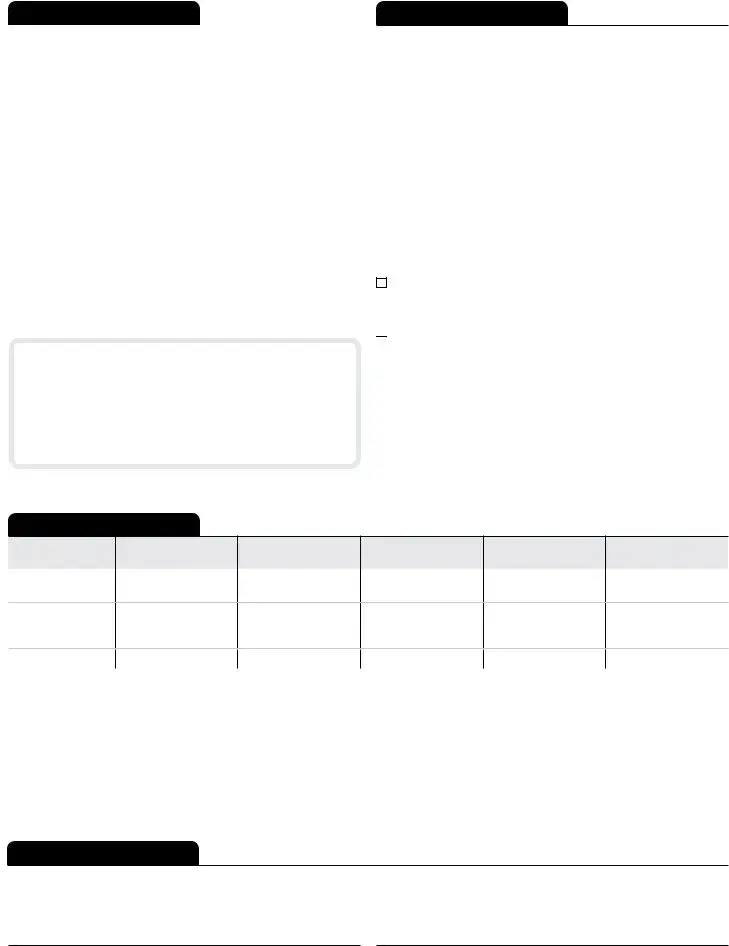

 state law does not protect you from liability for the unpaid balance.
state law does not protect you from liability for the unpaid balance.